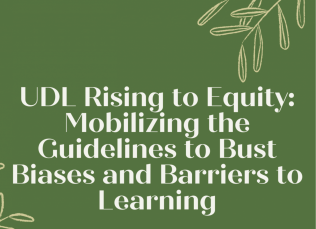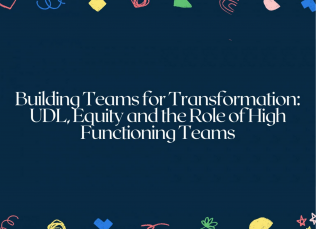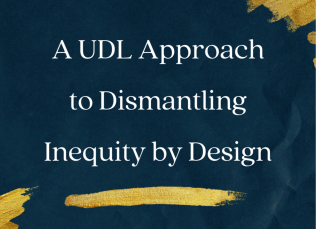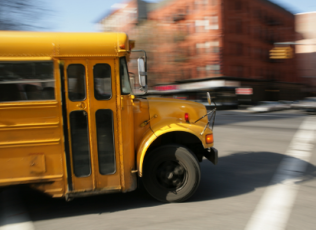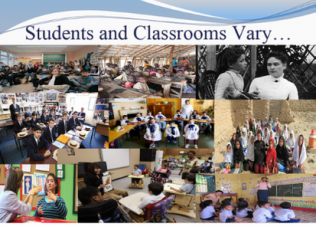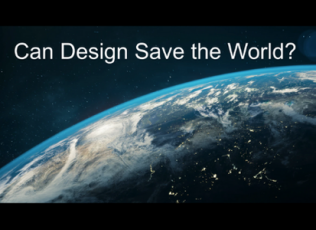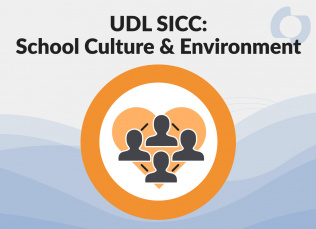
Panorama Equity and Inclusion Survey
The Panorama Equity and Inclusion Survey helps school leadership teams understand what students, teachers, and staff are thinking and feeling about diversity, equity, and inclusion in school.
The Panorama Equity and Inclusion Survey helps school leadership teams understand what students, teachers, and staff are thinking and feeling about diversity, equity, and inclusion in school. The survey can be used to help schools and districts track the progress of equity initiatives, like UDL implementation, identify areas for celebration and improvement, and inform professional development.
How does it relate to the UDL-SICC?
This tool supports the School Culture and Environment Domain, Element 1 (D1, E1), focused on ensuring that all members of the school community are included in and benefit from learning opportunities. The intent of this element is that the school community commits to designing equitable and inclusive learning opportunities and environments.
How might you use it?
Options for using this tool include:
- Access the survey after providing demographic information. Read the foundational information and decide how this tool will fit into your current Diversity, Equity, and Inclusion plan.
- Read the User Guide and review topics included in the survey to decide on an area of focus. Develop a plan to identify and enhance that chosen area of focus.
- After a thorough review of the survey, distribute the survey to students (grades 6-8) and staff. Disaggregate data to determine areas of need. Design a plan to address identified areas of need.
Share this resource:
Posted date:
May 30, 2023


